Chile's position in the global kiwifruit industry

The first projection of the Chilean kiwifruit season indicates a 13% decrease in production volume due to PSA (kiwifruit bacterial canker caused by Pseudomonas syringae pv. Actinidiae) and autumn and winter frosts.
The president of the Chilean Fruit Kiwi Committee, Carlos Cruzat, told Freshfruitportal.com that the country will export around 128,000 tons of kiwifruit this season.
Despite the decline in production, flowering conditions were favorable, and bee pollination went well. “We have more cylindrical fruit and less second-category fruit than last year. Overall, the fruit looks quite good,” he said.
“There is some small fruit, but in general, it looks healthy. If positive growth continues, the estimated drop of 12-13% may decrease to around 7-10%,” Cruzat added.
Global production
The president of the Chilean Fruit Kiwifruit Committee said that New Zealand's projected harvest is 700,000 tons, “with a little more yellow kiwifruit and a little less green kiwifruit because the latter decreased as a result of blossom blight in PSA.”
He pointed out that “in the case of yellow kiwifruit, there is a little more production, 6%, and this will make this harvest larger than last year's, so it is expected to be the largest in history.”
He added that New Zealand is also harvesting red kiwifruit, and “this year they will double their volume, although it is very little. They are starting earlier, so it is an early season for them and large volumes.”
In New Zealand's production context, Cruzat commented, “It is likely that they will start their harvests very early to sell and look for a good distribution of this large volume of fruit. Since last year, it has been difficult for them to locate it; they even had fruit in some markets until January.”
Chilean kiwifruit analysis
Cruzat said Chilean producers have seen strong market results in recent years and should remain optimistic. Larger-sized kiwifruit commands higher prices, which could partially offset the projected volume decline.
He emphasized that the larger sizes have a higher price, which can partially compensate for the projected drop in volume.
He added that the market looks good overall, absorbing the volumes from Europe well, and “therefore, the producer has to be calm; he will have a good year.”
The producer's goal must be “better fruit quality, both externally and internally” in order to obtain good results. In this sense, he was direct in saying that he should not hurry the harvests; “the fruit must gain weight in the plant and have more brix, which indicates a better storage condition.”
Marketing and markets
When asked about the target markets for Chilean kiwifruit, he explained that in recent years, they have carried out promotional campaigns, specifically in India. "We have been campaigning for seven years, and it has allowed us to grow with volumes, positioning ourselves, and therefore building a market.”
In the case of the United States, he said they have incorporated a promotional campaign to provide information to consumers and retailers with videos so that they can spread the word. “In addition to some promotional activities so that kiwi consumption increases, since it is a market that still has a lot of growth potential and we are working to increase consumption”.
Cruzat also said that they are carrying out campaigns in Mexico and, for the second year, Brazil, “where we have had good results and our fruit has been absorbed.”























